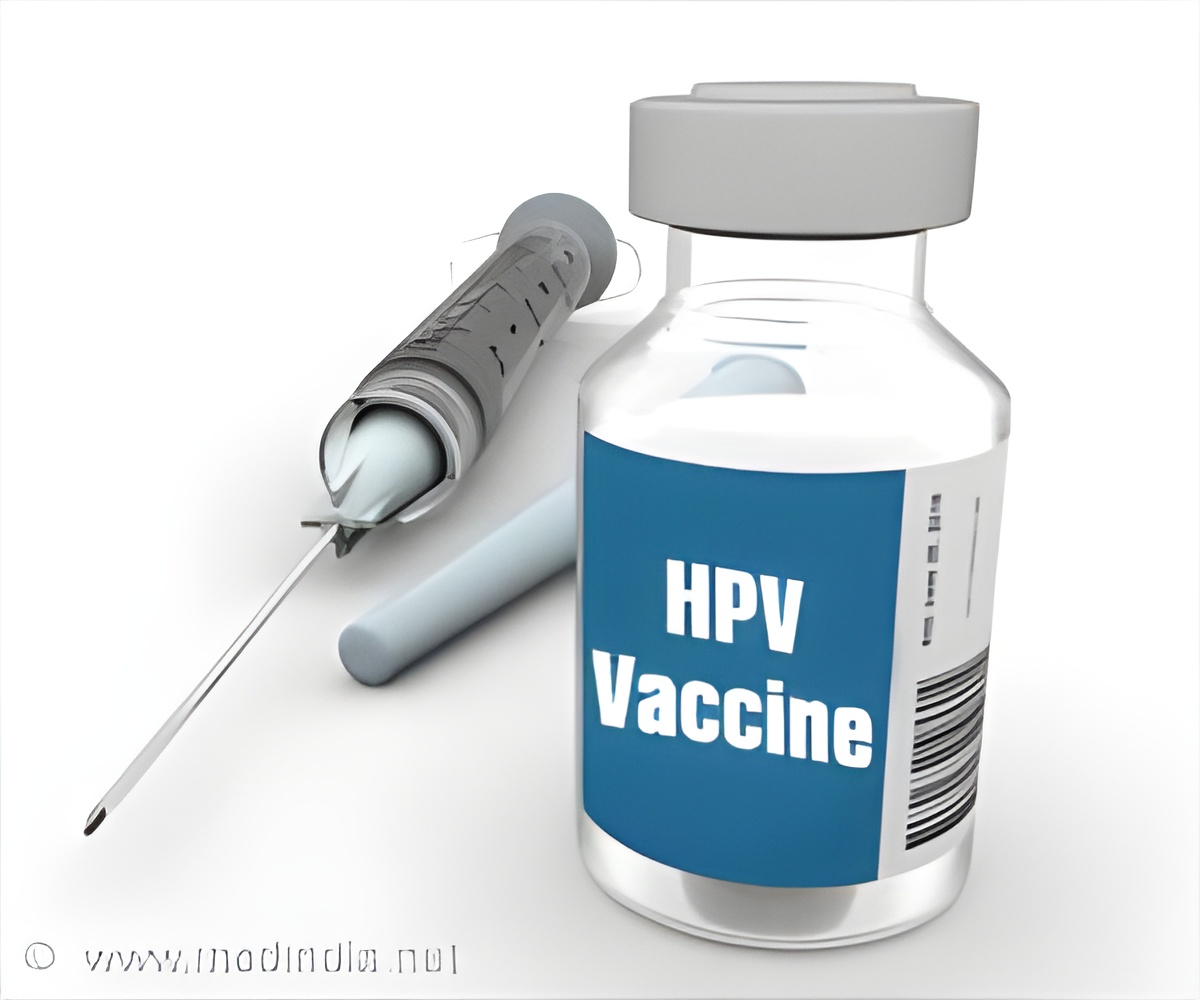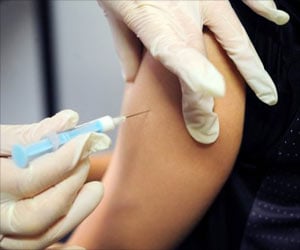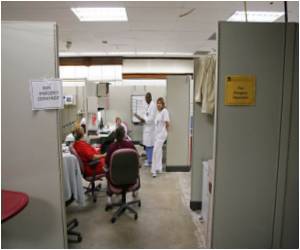Adolescent girls living in high-poverty communities and majority Hispanic communities were more likely to have received at least one dose of HPV vaccine.

‘Human papilomavirus vaccines could dramatically reduce the incidence of HPV-associated cancers. Higher vaccination rates were observed among girls living in poor communities and majority Hispanic communities.’





The study is published in Cancer Epidemiology, Biomarkers & Prevention.Kevin A. Henry, an assistant professor in the Department of Geography and Urban Studies at Temple University in Philadelphia and member of Fox Chase Cancer Center's Cancer Prevention and Control program, said, "HPV vaccines could dramatically reduce the incidence of HPV-associated cancers, but uptake of these vaccines is far lower than for other routine childhood and teen immunizations. The main goal of our study was to understand if geographic factors - that is, characteristics about a person's community - affect vaccination uptake, because this knowledge could inform current efforts to increase vaccination and prevent cancer."
Henry and colleagues analyzed data from the 2011 and 2012 National Immunization Survey-Teen, an annual survey conducted by the CDC to monitor vaccination uptake in the United States. They restricted the analysis to the 20,565 girls ages 13 to 17 for whom there were provider-verified vaccination records. In each year, 53% of the girls had received at least one dose of HPV vaccine and were said to have initiated vaccination.
According to Henry, the most important geographic factor affecting HPV vaccine initiation was the racial and ethnic composition of the community. The highest HPV vaccine initiation rate was among girls living in communities where the majority of the population was Hispanic (69%), and the lowest rates were among girls living in majority non-Hispanic white communities (50%) and non-Hispanic black communities (54%).
The researchers also found that the HPV vaccination rates among Hispanic girls differed depending on the racial composition of the community in which the girls lived. About 49% of Hispanic girls living in majority non-Hispanic white communities initiated vaccination, whereas approximately 68 percent of Hispanic girls living in majority Hispanic or mixed race communities initiated vaccination.
Advertisement
Henry said, "The higher HPV vaccination rates among girls living in poor communities and majority Hispanic communities, which also tend to have high poverty rates, are encouraging because these communities often have higher cervical cancer rates, but continued cervical cancer screening of vaccinated and unvaccinated women is needed because the vaccine does not cover all cancer-causing HPV types and sexually active women could have been infected prior to vaccination. The higher HPV vaccination rates in these groups also provide some evidence supporting successful health care practice and community-based interventions.What is not encouraging is that girls living in predominantly high-poverty non-Hispanic black communities have HPV vaccination rates that are lower than rates for Hispanics. Additional research is needed to better understand why these differences exist."
Advertisement
Henry explained that the major limitations of the study are that the survey response rates can bias the data and that the geographic measures are based on U.S. census ZIP code tabulation areas (ZCTA), which have been shown to be more variable than other geographic measures such as census tracts.
Source-Eurekalert














